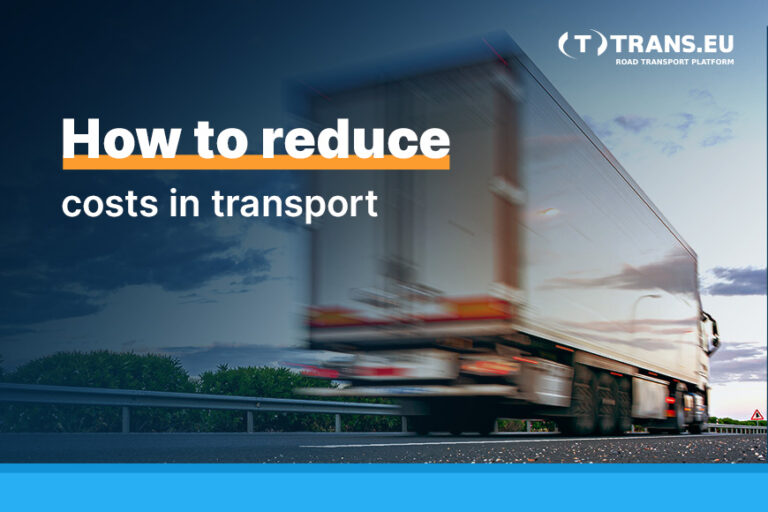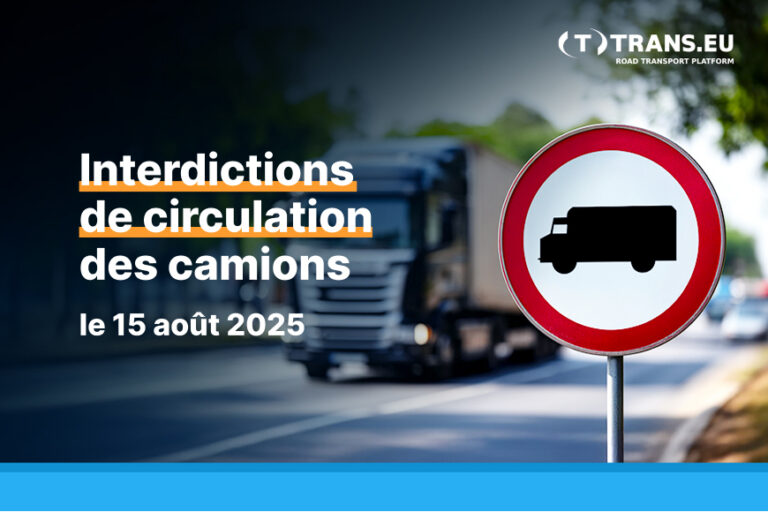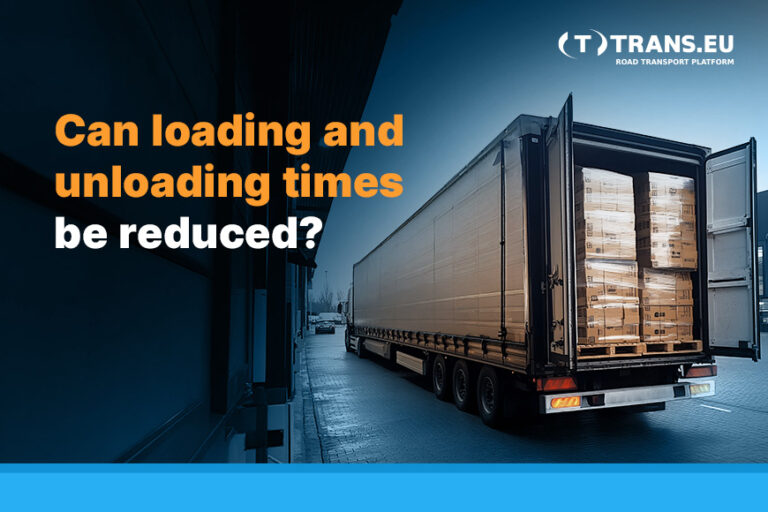TSL market experts point out that many transport companies have been operating below the profitability threshold for several years. Their owners come to the conclusion that the truck fleet should not be parked because it increases the company’s losses. And this is often true. However, many auditors examining the situation of transport companies believe that this kind of thinking is a trap. Entrepreneurs have problems with correct calculation of their expenses related to running a transport business.
Higher costs, lower revenues
Meanwhile, carriers in the European Union face increasingly higher operating costs amid weaker market conditions. According to economists familiar with the transport market, expenses incurred to maintain a transport company have increased dramatically in recent years (2021-2024). After the outbreak of the war in Ukraine and the energy crisis, these costs are increasing by 12-13% annually, meanwhile the volume of transport performed by European companies has decreased significantly.
This should prompt taking a closer look at the sources of the company’s costs in every area of operation. For example, road tolls in the European Union increased by 80% in 2024 (according to Transport and Logistics Poland). Finding alternative routes using dedicated tools can save up to 2-3 thousand euros annually per truck.
Driving style and fleet costs go hand in hand
As carriers operate on increasingly lower margins, it is essential to scrutinize all sources of expenses, even those seemingly less significant. This means, on one hand, accurately calculating the costs of each order and predicting the potential profit, and on the other, ensuring proper monitoring of the trucks in operation. This can help verify many important parameters, such as the driver’s driving style and fuel consumption. According to studies by the International Road Transport Union, an economical driving style can reduce fuel costs by 15%.
There are many cost factors affecting the carrier’s financial condition. Importantly, especially small and medium-sized entrepreneurs, do not realize where their money goes. Therefore, the first step should be to conduct a thorough financial audit and calculate the sources of the largest expenses. Auditors and accountants emphasize to their clients: the costs of each truck and driver must be calculated separately. Only then can we identify which orders are profitable and plan the trucker’s work better.
Where to look for sources of savings in a transport company?
- ✅ Empty runs. This is probably the biggest problem of every carrier, from the smallest to the largest. It is estimated that empty runs currently amount to 25% of all transport. By using freight exchange and tools available there, the number of such uneconomical transports can be reduced.
Read more:
How to reduce empty runs in transport up to 3.5 tons?
Search for loads along the route and increase your profit!
Loads2GO! – an application that helps you find optimal orders
- ✅ Fuel costs. While a transport company manager cannot influence global fuel prices, they can negotiate prices with their supplier. Reducing the rate per liter by even 3-4 cents can result in savings of tens of thousands of euros at the end of the year.
- ✅ Payment monitoring. Maintaining liquidity by the carrier helps reduce business costs. The growing debt of a transport company causes additional burdens related to interest, contractual penalties in leasing contracts, etc. Carriers are often afraid to collect debt from their clients, even if they are months behind on payments. This is a significant mistake, because with larger orders, the transport company may be on the verge of bankruptcy. To avoid this, costs must be monitored continuously, even before problems arise. That is, reminding the customer about the upcoming payment, sending reminder e-mails, etc.
- ✅ Truck fleet servicing. Seems trivial and obvious? Yes. But some transport companies only visit the car service center in the event of a serious breakdown. And then the repair costs can amount to several thousand euros. For instance, regular tire replacements and maintaining proper tire pressure can reduce vehicle fuel costs by 3-4%. No carrier should ignore this source of savings.
- ✅ Building good relationships with drivers. Alright, but what does this have to do with cost reduction? A lot! According to The International Road Transport Union, there is currently a shortage of approximately 420,000 truck drivers in Europe. Additionally, some of them will retire soon. If the owner of a transport company does not properly care for their employees, they will quickly find a new employer. And to fill the vacancy they will have to find a new driver (which is not easy). And pay for the onboarding. Not to mention the fact that the transport company will not be able to handle all planned orders.
If the head of a transport company correctly identifies the main sources of costs, they should ensure the profitability of the undertaken orders. Currently, in a difficult moment on the transport market, there is probably no transport entrepreneur who would not use the freight exchange. A perfect solution for carriers is Trans.eu. The platform is the most modern and largest international freight exchange in Europe. It handles 9.5 million domestic and international orders monthly and has over 100,000 users. With Trans.eu carriers can quickly eliminate their biggest problem, i.e. empty runs.





